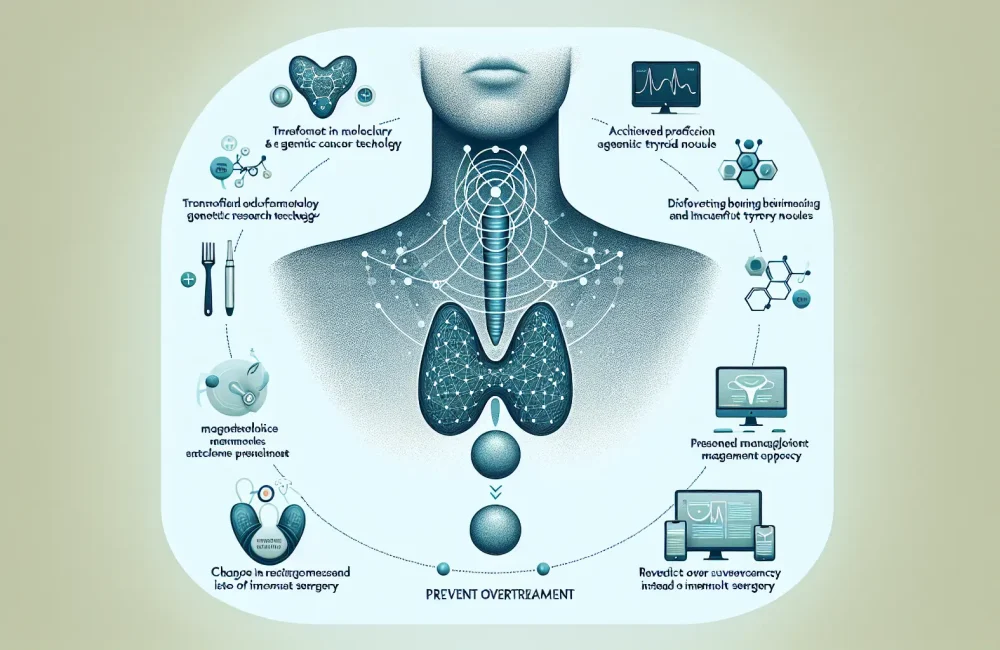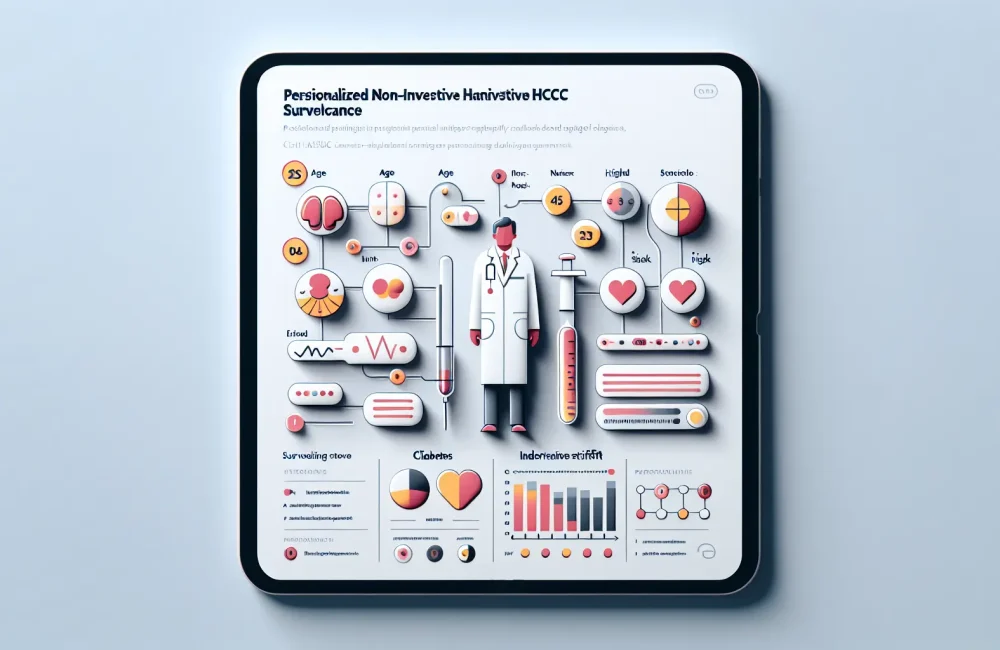By CAFMI AI From New England Journal of Medicine
Evolving Prevention and Screening Strategies
Cervical cancer remains a global health challenge, primarily caused by high-risk human papillomavirus (HPV) infection. The introduction of prophylactic HPV vaccines targeting the most oncogenic HPV types has significantly reduced infection rates and subsequent cervical precancers. Screening methods have evolved from traditional Pap smears to include more sensitive primary HPV DNA testing, allowing earlier detection and intervention. Current guidelines favor primary HPV testing from age 25 with cytology as a triage for HPV-positive women. Despite advancements, disparities in vaccine uptake and screening adherence pose ongoing challenges, necessitating tailored approaches for diverse populations.
Advances in Diagnostic Techniques and Risk Stratification
Recent developments in diagnostic technologies have enhanced the accuracy and efficiency of cervical cancer detection. Biomarkers such as p16/Ki-67 dual staining and HPV genotyping are increasingly incorporated to better stratify patients’ risk and guide management decisions. These tools help identify women at highest risk for progression to cervical cancer, refining triage and reducing unnecessary interventions. Molecular methods complement traditional histopathology, providing more personalized care pathways. For healthcare providers, staying abreast of these innovations is essential to optimize screening programs and improve patient outcomes.
Emerging Therapeutic Approaches and Future Perspectives
Treatment of cervical cancer has seen progress with the integration of minimally invasive surgical techniques, improved chemoradiation protocols, and the advent of targeted therapies and immunotherapies for advanced disease. Concurrently, efforts to increase accessibility to effective treatment in low-resource settings are critical to reducing mortality worldwide. Research into novel vaccines, including therapeutic HPV vaccines, holds promise for future disease control. The multidisciplinary management of cervical cancer continues to evolve, emphasizing the importance of personalized treatment strategies and continual clinical research to improve survival and quality of life.
Read The Original Publication Here






